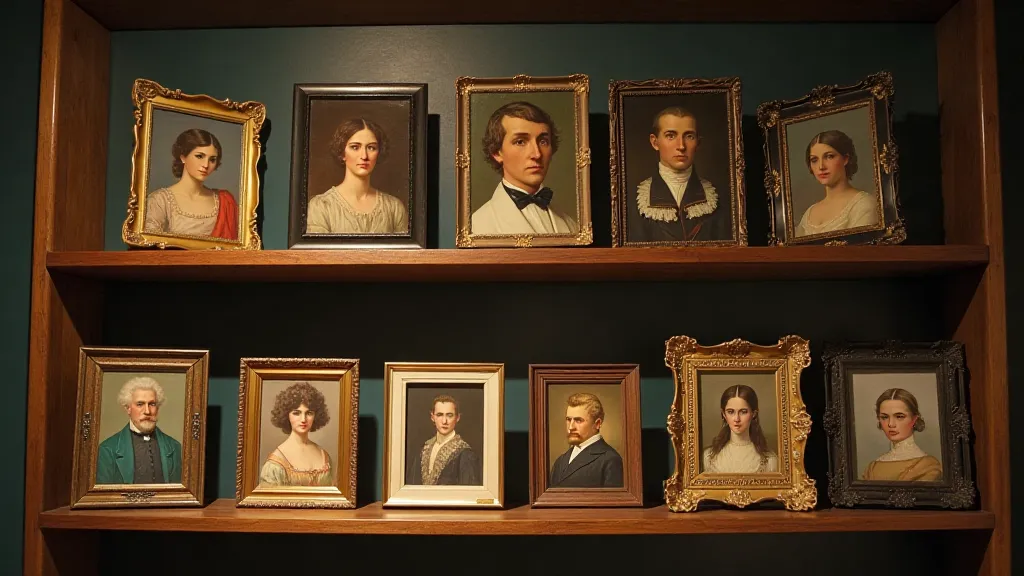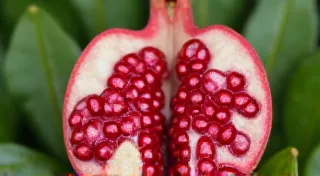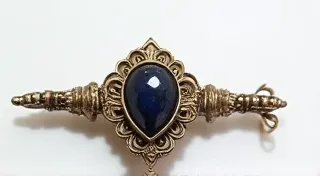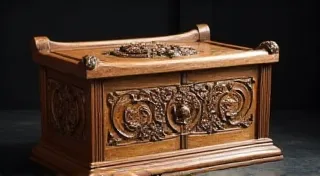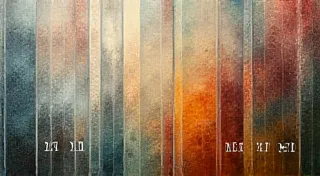Vestiges of Vanity: How Color Became a Portrait's Most Deceptive Ornament
The world of Victorian photography holds a peculiar magic, a tangible link to an era of lace, gaslight, and exquisite restraint. We pore over these sepia-toned images, captivated by the solemn gazes, the formal attire, and the weight of history captured within the silver emulsion. Yet, what often remains a hidden narrative is the story of color – specifically, the deliberate and increasingly vibrant hand-tinting that blossomed alongside the development of photographic processes. It wasn’t merely about adding hues; it was a carefully choreographed display of wealth, status, and, undeniably, vanity.
My own fascination began with a crumbling albumen print I found tucked away in an antique shop – a portrait of a woman in a high-necked gown, her cheeks impossibly rosy. The initial shock of that unexpected color, amidst the expected monochrome, unlocked a desire to understand the techniques and the motivations behind this curious practice. It wasn't just about recreating the look; it was about understanding the mindset, the artistry, and the subtle lies woven into each carefully placed stroke.
The Dawn of Chromatic Deception: Early Techniques
Early photography, from the calotype to the ambrotype and tintype, produced images in shades of gray. Color photography as we know it was decades away. So, photographers ingeniously turned to hand-coloring to introduce a semblance of life and vitality. Initially, this was a subtle affair. Artists, often working as assistants to the photographer, employed delicate brushstrokes of aniline dyes, a relatively new and affordable colorant. These dyes, though vibrant in their original state, faded quickly, contributing to the “antique” look we associate with these prints today.
The earliest tints were typically reserved for the lips and cheeks, giving a rosy flush that softened the often-stark, formal poses demanded by long exposure times. The eyes were also frequently colored, lending a sense of animation and connection that the monochrome process couldn't achieve. This wasn't considered a frivolous addition; it was an attempt to bridge the gap between the static image and the vibrancy of life. A subtle touch of rose could transform a stiff, uncomfortable sitter into someone approachable and even appealing.
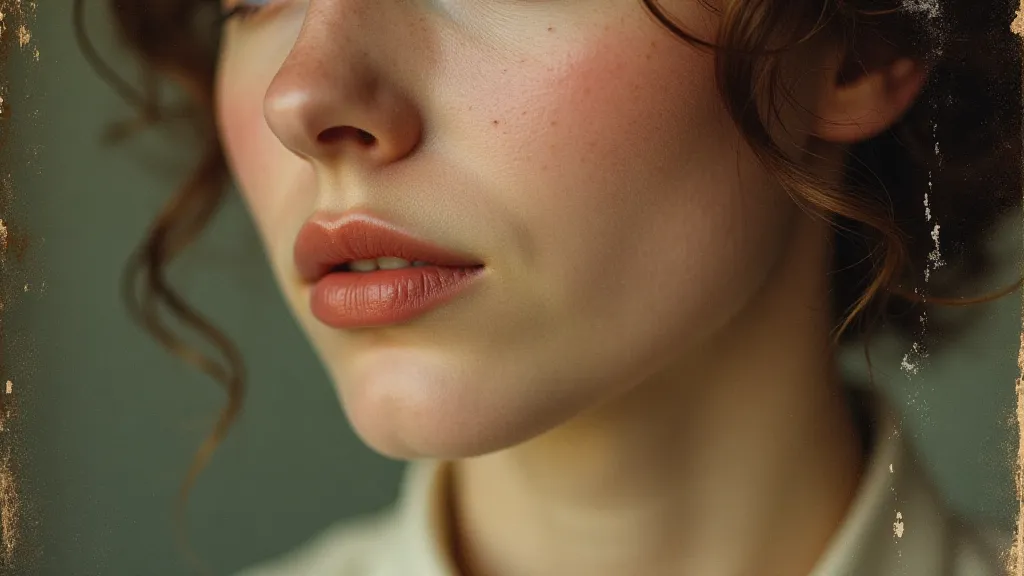
The Rise of Opulence: Color as Status Symbol
As photographic processes evolved and aniline dyes became more widely available, the practice of hand-tinting grew increasingly elaborate. What began as a subtle enhancement blossomed into a full-blown chromatic performance. Suddenly, dresses were rendered in elaborate shades of emerald, sapphire, and ruby. Hair became a cascade of impossible reds and browns. And the extravagance wasn't just about aesthetics; it was a conspicuous display of wealth.
Consider the societal context. The Victorian era was defined by rigid class structures and a fervent desire for upward mobility. A subtle tint was accessible to many; a lavishly colored portrait, however, spoke volumes about one’s financial standing. These weren't simply photographs; they were carefully curated advertisements of social position. The more intricate and vibrant the coloring, the more it proclaimed, “I have the resources to indulge in such luxuries.”
The very choice of colors held symbolic meaning. Deep reds often signified power and passion, while vibrant blues and greens evoked notions of elegance and refinement. A portrait rendered in these hues was not just a representation of the sitter; it was a statement, a carefully constructed persona intended to impress and to persuade.
The Art of the Colorist: Skill, Patience, and a Steady Hand
The process of hand-tinting demanded a unique skill set. It wasn't merely about applying color; it was about understanding the nuances of light, shadow, and perspective. The colorist needed to be a skilled artist, capable of replicating the appearance of flesh tones, fabrics, and even the subtle sheen of hair. This required immense patience, a steady hand, and a keen eye for detail.
Often, these colorists were young women, drawn to the profession for the relative independence and opportunity it offered. They were essentially artisans, creating bespoke works of art that were inextricably linked to the photographic image. The quality of the coloring was directly tied to the skill of the colorist – and, inevitably, to the price commanded by the photographer. A truly exceptional colorist could elevate a mundane photograph into a breathtaking work of art.
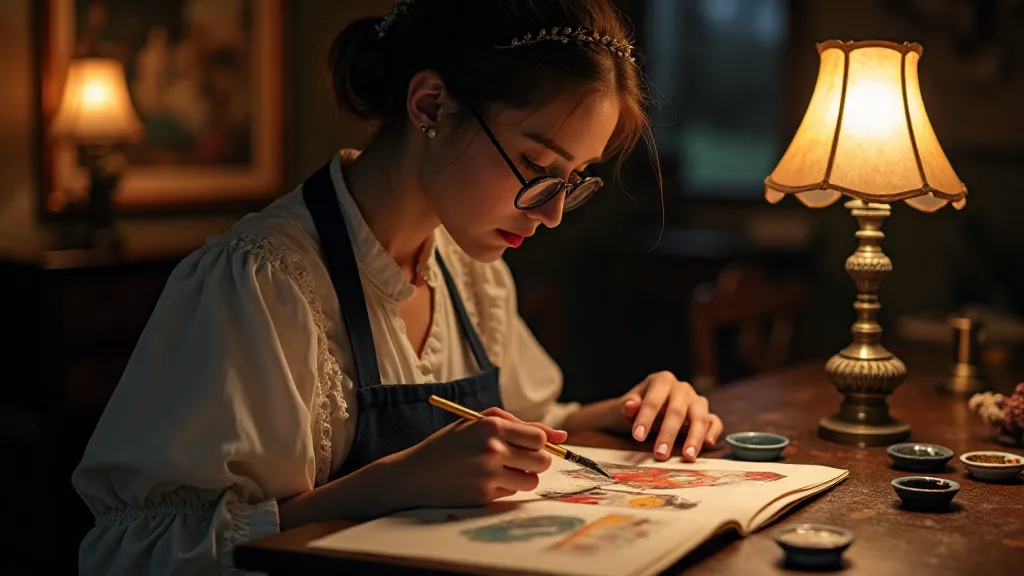
The Fading Legacy: Restoration and Appreciation
The ephemeral nature of aniline dyes is one of the defining characteristics of these hand-tinted portraits. The colors fade over time, resulting in the washed-out appearance we often associate with antique photography. While digital restoration techniques can somewhat replicate the original vibrancy, it's crucial to approach such interventions with caution. The fading of the colors is, in many ways, an integral part of the portrait’s history – a testament to the passage of time and the fleeting nature of beauty.
For collectors, understanding the nuances of hand-tinting is essential. Identifying the techniques used, the quality of the coloring, and the overall condition of the portrait can significantly impact its value. The presence of telltale signs, such as uneven coloring, bleeding of dyes, or damage to the emulsion, can provide clues about its history and provenance. These details reveal much more than a mere aesthetic choice; they are the remnants of a deliberate and complex artistic process.
Beyond the collector's perspective, these portraits offer a fascinating glimpse into the Victorian era – a window into the aspirations, anxieties, and vanities of a society obsessed with appearances. They are more than just images; they are cultural artifacts, imbued with history, artistry, and a poignant reminder of the enduring human desire to be seen, to be remembered, and to leave a lasting impression – even if that impression is delicately tinted with a touch of deliberate deception.
